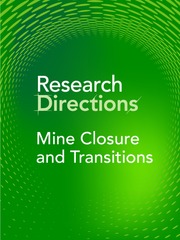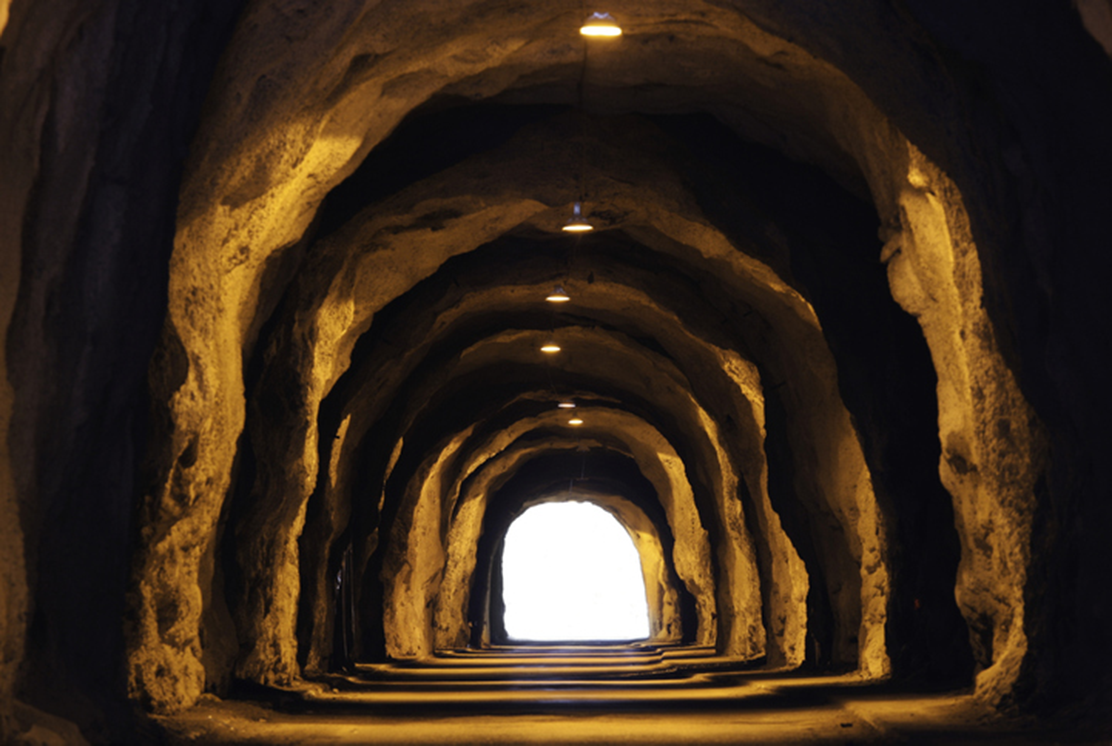The ability to close and relinquish a mine is becoming increasingly important. Over the past few decades the mining sector has been promoting sustainable practices (Lohdia, Reference Lohdia2018). But mine closure challenges the industry’s sustainability intentions. The mining industry’s peak body has made available a set of mine closure guidelines (e.g. ICMM, 2019). However, mining companies avoid closure by putting a mine under care and maintenance or selling the assets to smaller firms (Owen & Kemp, Reference Owen and Kemp2018). Abandonment of mines is common worldwide and is still occurring. The global problem of abandoned or improperly closed mines makes it clear that “it’s not over, when it’s over” (World Bank, 2002).
In practice, good closure experiences are limited. The sector has not yet demonstrated that it can effectively and systematically close its lifecycle and return a “positive legacy” back to the surrounding community. And yet, mining is a significant sector of the global economy that is set to grow as the energy transition accelerates from coal to renewables, with their demand for lithium, cobalt and other minerals. More mines are set to open or expand and yet we do not really understand what good closure looks like and who gets to define it.
Most mining companies practice “cradle to grave” planning for their projects. Early planning for closure is an essential part of the mine planning process. But this early planning is seldom matched by local organisations and governance structures who will have to deal with the consequences once mining has left the area (Garcia, Reference Garcia2008; Martinez-Fernandez et al., Reference Martinez-Fernandez, Wu, Schatz, Taira and Vargas-Hernandez2012; Marais & De Lange, Reference Marais and De Lange2021). Despite the fact that the large job losses following a mine closure have major implications for local economies requiring long-term planning (Limpitlaw & Digby, Reference Limpitlaw and Digby2014; Ackermann et al., Reference Ackermann, Botha and Van Der Waldt2018; January & Lee, Reference January and Lee2019), local participation in closure planning is uncommon (World Bank, 2002).
This issue is particularly acute in the Global South, where local organisational and governance capacity is often inadequate, mining companies are not required to be transparent about their closure plans and artisanal mining adds a further complexity. However, in both mature and emerging mining jurisdictions around the world, regulators have not been proactive in ensuring that local organisations and governance structures input and plan for mine closure (Kung et al., Reference Kung, Everingham and Vivoda2020). This is despite the fact that there has been an increasing focus on driving social performance and building a social license to operate throughout the mine lifecycle.
Mine closure planning has traditionally focused on the environmental aspects of closure, and this is still common today. The mine closure process pays less attention to the social risks and opportunities of closure (Stacey et al., Reference Stacey, Naude, Hermanus and Frankel2010; Bainton & Holcombe, Reference Bainton and Holcombe2018; Vivoda et al., Reference Vivoda, Kemp and Owen2019). This is reflected in closure research which has emphasised the environmental aspects of closure and generally been done by the mining companies themselves. Much less work has been done on the social aspects of closure (Roberts et al., Reference Roberts, Veiga and Peiter2000; Bainton & Holcombe, Reference Bainton and Holcombe2018; Monosky & Keeling, Reference Monosky and Keeling2021) or on the perspectives of those who will remain “once mining leaves town.” Calls for integrated mine closure planning that combines the environmental and social aspects are emerging.
There are a number of successful approaches to re-define closed mines for alternate purposes and uses (amongst others, the Eden project). These include global examples where the transition out of a commodity has been guided with a focus on labour and social aspects (e.g. black coal in western Germany). However, there are more examples where mine sites and regulators are still in dispute in accepting conditions leading to relinquishment or agreeing to an outcome which manages residual risks and liabilities for the final owner of the land. As more mines mature and a growing number of mines are taken through closure execution, how do we learn about what constitutes good closure, and how can it be planned for, executed and assessed.
We invite papers reflecting on lessons learned from practice and research to date. We encourage discussion of the concept of “good closure” and how this may be viewed from different stakeholder perspectives. The following are some relevant themes and questions to consider.
-
– What can we learn from the transition and closure case studies? We are particularly interested in comparative case studies (between countries or subsectors, for example) and reflections on research that analyses “good” or location specific “successful” mine closure practices. For example:
-
○ Is the notion of rehabilitating land to its original form viable, and could alternative principles of land rehabilitation facilitate better post-mining land uses?
-
○ Can land rehabilitation have both environmental and social/economic benefits?
-
○ What have we learned about the effects of mine closure on indigenous communities and peasants and their culture and social context?
-
-
– Many stakeholders and many different areas of study inform and are impacted by mine closure. What might constitute good process for integrated mine closure? For example:
-
○ How can regional governments and planners in mining areas better take into account the reality of eventual mine closure and encourage participation in closure planning processes? (This question could include critical analysis of housing and land tenure arrangements in mining areas and also considerations such as fragmented governance and regulatory complexity)
-
○ To what degree are the social and environmental aspects integrated into mine closure plans and policies and what is the value of this integration?
-
○ How are the actual costs of mine closure determined? How can they be integrated in the operational phase of the mine site?
-
○ How do upfront agreements with indigenous communities mitigate the negative effects of mine closure?
-
-
– The closure and relinquishment of mined land essentially transfers risk (and opportunity) associated with that land between stakeholders. What mine closure evaluation models exist to determine what constitutes “good” closure and what are the measures of success in these models?
-
○ Do differences in regulatory structures and requirements between countries affect mine closure outcomes?
-
○ What does a “positive legacy” look like?
-
○ Who gets to decide whether mine closure has been “good” and how does this get communicated?
-
How to contribute to this Question
If you believe you can contribute to answering this Question with your research outputs find out how to submit in the Instructions for authors. This journal publishes Results, Analyses, Impact papers and additional content such as preprints and “grey literature.” Questions will be closed when the editors agree that enough has been published to answer the Question so before submitting, check if this is still an active Question. If it is closed, another relevant Question may be currently open, so do review all the open Questions in your field. For any further queries check the information pages or contact this email mines@cambridge.org.
Competing interests
The author declares none.



